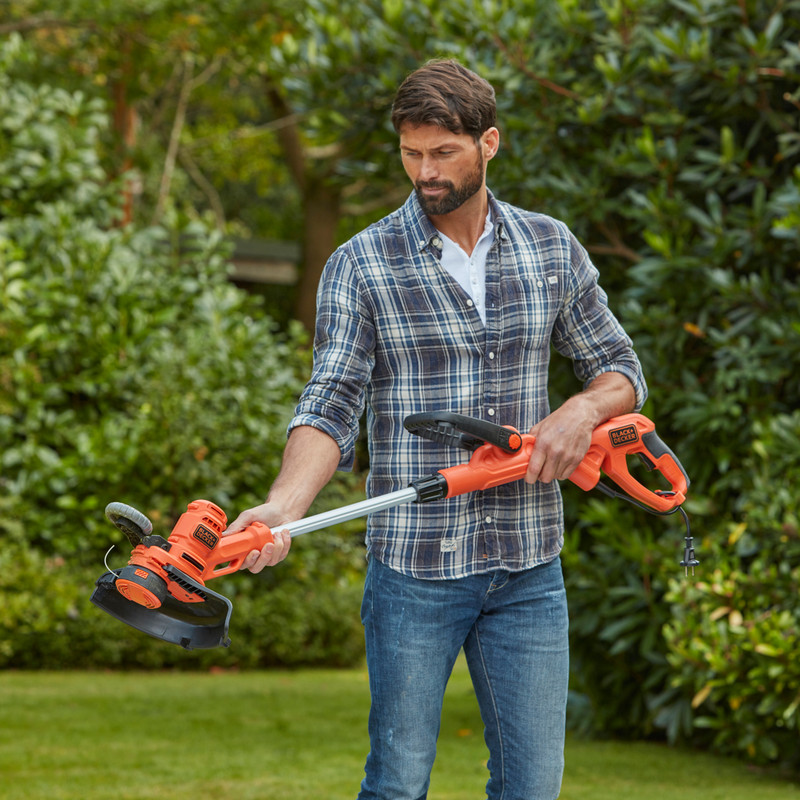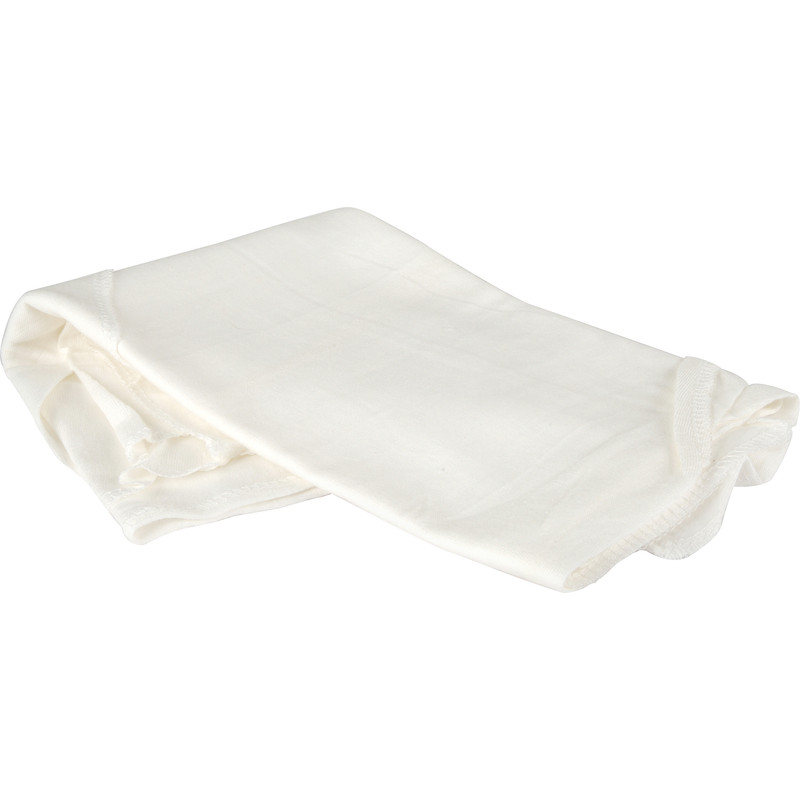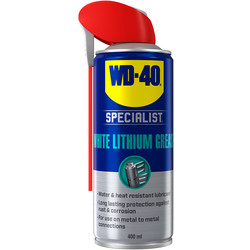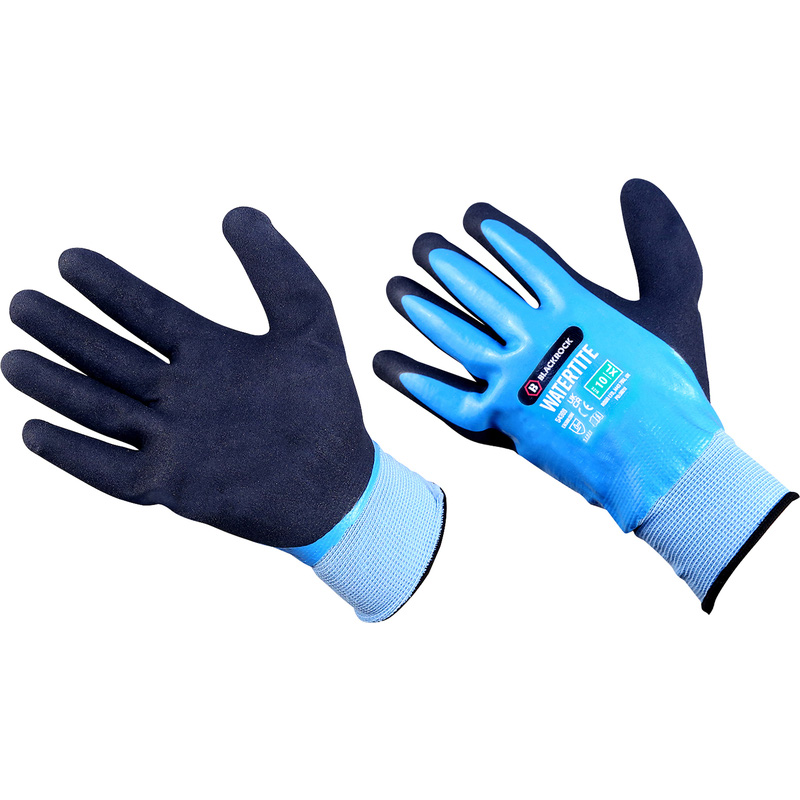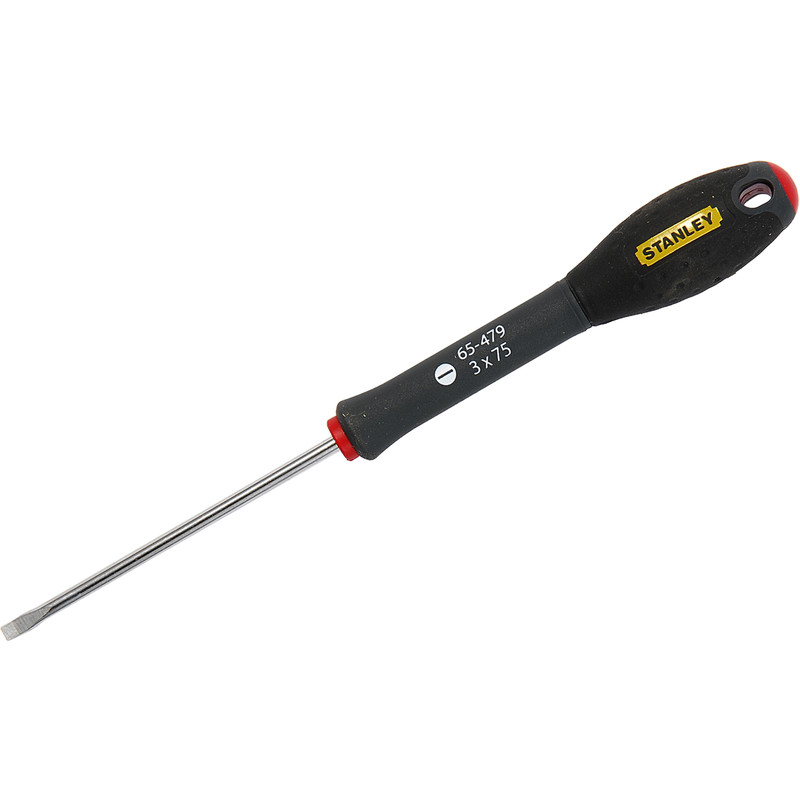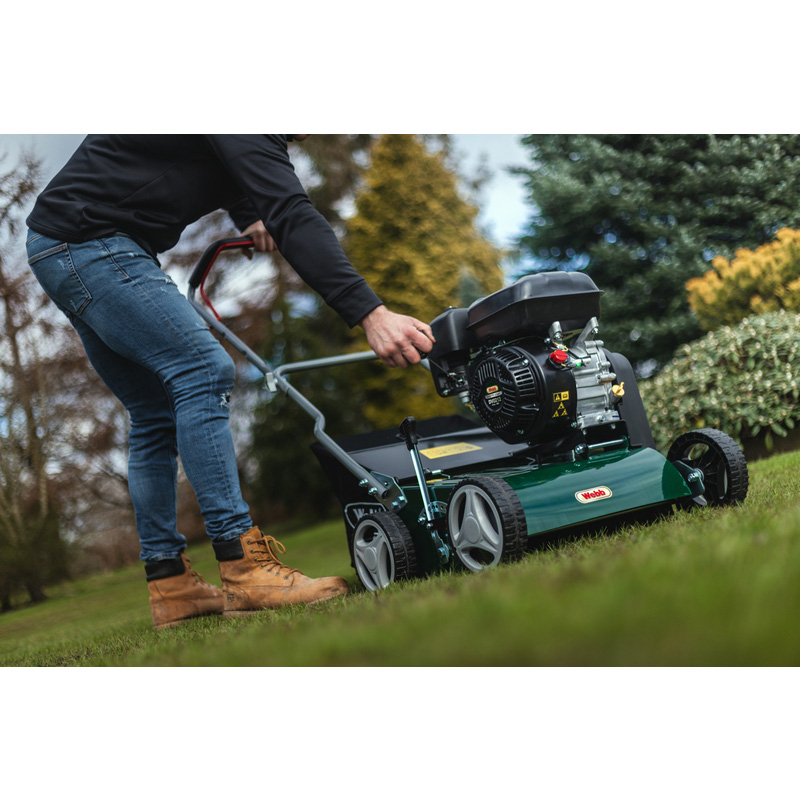Once you’ve finished using your grass trimmer, giving it a proper clean is essential for maintaining its performance and extending its lifespan. No matter what type of grass trimmer you have, they can accumulate grass clippings, dirt, and debris, which can cause the motor to overheat, the cutting mechanism to jam, and the trimmer to lose its efficiency.
However, by following a proper cleaning routine, you’ll ensure that your trimmer continues to operate smoothly and safely. Follow our step-by-step guide on how to clean a grass trimmer with minimal tools and effort.
Essential Tools & Equipment
Step 1: Power Off and Disconnect the Trimmer
Before you make a start, make sure your grass trimmer is powered off and disconnected.
-
If you have an electric grass trimmer, unplug it from the mains. If it’s a battery-operated model, remove the battery.
-
For gas-powered grass trimmers, turn off the engine and let it cool down completely before cleaning.
Step 2: Clear the Cutting Head and Blades
-
Use a soft bristle brush to gently remove any clippings or debris stuck in the cutting head or around the blades.
-
If the trimmer has a spool (for string trimmers), remove the spool and wipe it down. This is also a good time to inspect the spool and replace the trimmer line if necessary.
Step 3: Clean the Cutting Blade or Spool
-
If your trimmer has metal blades, use a cloth dampened with warm, soapy water to wipe them clean. Scrub away any grass or dirt with a brush. Be careful not to damage the blades or dull their edges.
-
If you have a string trimmer, wipe down the spool with a damp cloth to to clean away any dirt.
Step 4: Clean the Air Vents and Motor Area
-
Whether you have an electric or gas trimmer, check the air vents or motor to make sure there’s no grass, dirt, or dust buildup.
-
If you need to, take a small soft bristle brush to carefully remove debris from these areas.
-
Make sure the vents are free to allow proper airflow which will prevent the motor from overheating.
Step 5: Wipe Down the Handle and Shaft
-
Wipe the trimmer’s handle and shaft with a clean, damp cloth. You can also apply some mild soap if there’s sticky residue or dirt buildup.
-
If your trimmer has a telescoping or adjustable shaft, ensure that it moves freely after cleaning and that no debris is preventing the mechanism from functioning smoothly.
Step 6: Lubricate Moving Parts
After cleaning, it’s a good idea to apply a small amount of lubricant to the moving parts of the trimmer, such as the blade or spool mechanism. This helps prevent rusting and keeps the parts moving smoothly.
Step 7: Inspect the Trimmer for Damage
While cleaning, take the opportunity to inspect the trimmer for any worn or damaged parts. Look for cracks in the spool, loose bolts, or frayed cords. If any parts are damaged, replace them before using the trimmer again.
Now that you've cleaned your grass trimmer ready for next time, it's now ready to be stored away!

